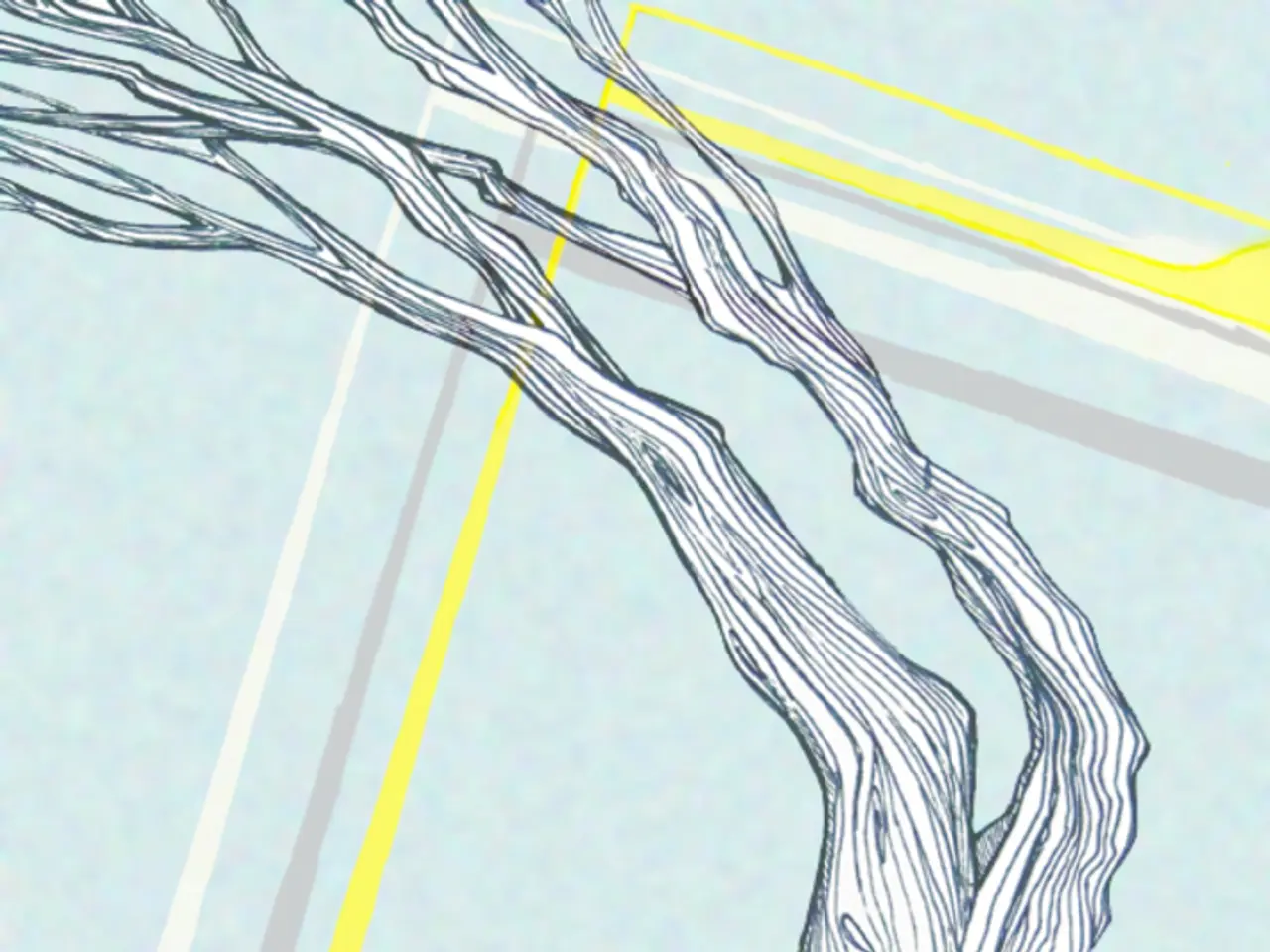Discovered After Decades: Archives Hidden in Attic Revealed
In a remarkable find, 23 woodcut printing blocks, created by the renowned Altenau artist Karl Reinecke, have been discovered in an attic in Rothenberger Street, Altenau, Germany. The blocks, which are approximately 90 years old, have been undiscovered for decades and represent a real treasure for art enthusiasts and historians alike.
The prints on these blocks feature a variety of motifs from different phases of Reinecke's woodcut activity. They include familiar images such as woodcutters, meadow mowers, and landscapes, as well as rarer representations like a north German net mender and a presumed portrait of Walter Spengler. The thematic references of the prints are impressively tied to the time, including greeting motifs from the late 1920s and early 1930s that depict a worker surrounded by lightning. These lightning bolts are said to symbolize a turbulent time, referencing the decline of mining and ironworks in the Upper Harz during that period.
Dr. Kai Gurski, a Reinecke expert, has stated that the found pieces are a real treasure. He explains that woodcut printing blocks are historically significant as they represent an early form of printmaking, widely used from the late medieval period onward for producing artworks, religious texts, and illustrations. The discovery of such blocks by Reinecke in Altenau would provide direct material evidence of historical printmaking techniques and regional art production.
The attic find in Altenau is significant because it comes after the bombing of Reinecke's apartment and the destruction of his studio. Despite their age, the printing blocks are in very good condition, a testament to the care they received over the years.
A hiker, who stumbled upon the discovery, was amazed by the find, stating they had never experienced anything like it before. The discovery of the printing blocks in Altenau has sparked speculation about what other forgotten art pieces might be hidden in the attics of the Harz.
The printing blocks, now considered absolute strokes of luck for art lovers, have been handed over to the Heimatstube Altenau-Schulenberg for professional storage. The find of the printing blocks is not only exciting but also of great cultural value, as original printing blocks from Reinecke are rare today.
This discovery underscores the importance of preserving and studying historical artifacts to gain insights into local history, artistic styles, and printing technology of the time period from which they originate. For precise cultural significance, detailed provenance, the period of creation, and the content of the woodcut designs, further research is needed.
For those interested in learning more about the role and importance of woodcut printing blocks in European cultural history, or in researching archival or museum sources specializing in German printmaking heritage, I would be happy to provide additional information and guidance.
The discovery of the 23 woodcut printing blocks in Altenau's attic has ignited interest in various aspects of the time period, as the motifs on these blocks range from traditional landscapes to rare portraits, reflecting the artist Karl Reinecke's versatility. The blocks, with themes tying back to the turbulent Harz region's decline in mining and ironworks, are a treasure not only for art enthusiasts but also for historians.
The pristine condition of the printing blocks, despite their age, showcases the care they received over the decades. Fascination with these finds has sparked inquiries about hidden art pieces in Harz attics, both inspiring and reminders of the importance of preservation.
Now under the care of the Heimatstube Altenau-Schulenberg, these valuable finds serve as invaluable pieces of evidence for local history, artistic styles, and printmaking technology, warranting further research to uncover their precise cultural significance, provenance, period of creation, and the content of the woodcut designs.
For enthusiasts seeking more information on the role of woodcut printing blocks in European cultural history, or those interested in delving deeper into German printmaking heritage, archival or museum resources would be an excellent starting point for additional learning.




